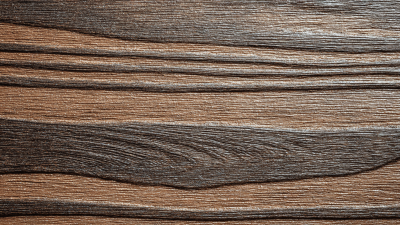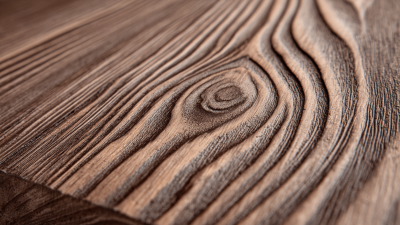Exploring Fiber Cement Cladding Trends at the 2025 China Import and Export Fair
The 2025 China Import and Export Fair, also known as the 138th Canton Fair, serves as a pivotal platform for showcasing advancements in various construction materials, with a notable emphasis on Fiber Cement Cladding. As the construction industry continues to evolve, the demand for durable and sustainable building solutions is on the rise, with the global fiber cement market projected to reach USD 12.78 billion by 2026, growing at a CAGR of 4.9% from 2021.

This trend is driven by factors such as urbanization, changing consumer preferences, and stringent building regulations aiming for environmentally friendly materials. Fiber Cement Cladding, in particular, offers a compelling combination of aesthetic appeal, durability, and resistance to weather and pests, making it a favored choice among architects and builders. The upcoming fair highlights these trends, showcasing innovations and solutions that resonate with current market demands, thus underscoring the significance of Fiber Cement Cladding in the future of construction.
Emerging Market Trends in Fiber Cement Cladding for Sustainable Architecture
The fiber cement cladding market is witnessing significant transformations as sustainability becomes a focal point in architectural design. According to a report by Mordor Intelligence, the global fiber cement market is projected to grow at a compound annual growth rate (CAGR) of 4.5% from 2021 to 2026, driven by increasing demand for durable and low-maintenance building materials. The 2025 China Import and Export Fair will highlight these trends as industry leaders showcase innovative solutions that align with eco-friendly architectural practices.
Emerging trends in fiber cement cladding reflect a shift towards environmentally sustainable construction. The rise of green building standards has prompted manufacturers to prioritize products made from recycled materials and those that offer improved energy efficiency. For instance, a study by Research and Markets indicates that the use of fiber cement boards can improve a building's thermal insulation, resulting in energy cost reductions of up to 30%. As architects and builders look to comply with stricter sustainability regulations, fiber cement cladding is poised to become a prominent choice, offering both aesthetic appeal and performance benefits in the evolving landscape of sustainable architecture.
Innovative Technologies Driving Fiber Cement Production Efficiency in 2025
The 2025 China Import and Export Fair is set to showcase the latest advancements in fiber cement cladding, with a particular emphasis on innovative technologies that enhance production efficiency. According to a recent report by Global Industry Analysts, the fiber cement market is projected to reach approximately $18.6 billion by 2027, driven by increasing demand for sustainable and durable building materials. In this context, manufacturers are exploring automation and artificial intelligence (AI) to streamline their production processes, significantly reducing labor costs and mitigating human error.
One notable technology gaining traction is the implementation of IoT (Internet of Things) devices in fiber cement production facilities. By integrating sensors and real-time monitoring systems, companies can optimize resource usage and minimize waste. A study by the International Energy Agency revealed that adopting such technologies could improve operational efficiency by up to 30%. As these smart solutions become more prevalent, the industry not only enhances production capabilities but also aligns with global sustainability goals, appealing to environmentally conscious consumers and investors alike.

Comparative Analysis of Fiber Cement Cladding vs. Traditional Materials in Cost-Effectiveness
In the ongoing exploration of modern construction materials,
fiber cement cladding emerges as a compelling alternative to traditional materials. A comparative analysis reveals that fiber cement cladding not only offers aesthetic versatility and durability but also exhibits superior cost-effectiveness. Traditional materials often incur higher costs related to maintenance and labor, while fiber cement allows for efficient installation and reduced long-term expenses. This shift in focus towards economical solutions is particularly relevant in light of the burgeoning construction market, projected to grow significantly over the next decade.
Moreover, the demand for sustainable building practices is driving innovation in material selection. Recent advancements highlight the benefits of integrating natural fibers and composites into construction, enhancing both environmental performance and cost efficiency. By adopting such eco-friendly alternatives, builders can achieve compliance with emerging regulatory frameworks and consumer preferences for sustainability, ultimately positioning fiber cement cladding as a frontrunner in the cladding market.
This alignment with sustainable practices underscores the potential for fiber cement to redefine cost structures in construction without compromising on quality or performance.
Regulatory Changes Impacting Fiber Cement Cladding Demand in the Chinese Market
The Chinese market for fiber cement cladding is undergoing significant transformations due to recent regulatory changes. According to a report by Research and Markets, the demand for fiber cement products in China is projected to grow at a CAGR of 6.5% from 2023 to 2028, driven by increasing construction activities and a heightened focus on sustainable building materials. The new regulations aimed at reducing carbon emissions and enhancing building safety will prompt manufacturers to innovate and adhere to stricter standards. As a result, fiber cement cladding is becoming increasingly popular among developers seeking to meet these evolving compliance requirements.
As market dynamics shift, staying informed about the latest regulations is crucial for companies involved in the construction industry. Tips for navigating these changes include regularly consulting government updates, joining industry associations, and utilizing compliance management software. Additionally, collaborating with suppliers who prioritize sustainable practices will aid in aligning with regulatory measures while appealing to environmentally-conscious consumers.
Investing in research and development will not only foster innovation but will also ensure that products meet the impending standards set forth by the Chinese government. Analyzing market reports from credible sources such as Mordor Intelligence can provide valuable insights into emerging trends and consumer preferences, enabling companies to make informed decisions and adapt their strategies accordingly.

Case Studies: Successful Implementations of Fiber Cement Cladding in Major Projects
Fiber cement cladding is gaining traction in the construction industry, particularly showcased in major projects that emphasize sustainability and durability. Recent data from the Global Cement Report suggests that the fiber cement market is expected to grow at a CAGR of 5.9% from 2022 to 2027, driven by increasing demand for low-maintenance building materials. Noteworthy implementations such as the Xiamen International Conference and Exhibition Center highlight the material's advantages, where fiber cement was employed to enhance aesthetics while ensuring weather resistance and fire safety.
The application of fiber cement cladding in urban developments is not only practical but also eco-friendly. For instance, a case study on the use of fiber cement in the Shanghai Greenland Center revealed a significant reduction in energy consumption by 30% due to its insulating properties. Additionally, the unique versatility of fiber cement allows for diverse finishes and colors, making it an attractive choice for architects looking to create visually appealing structures. As developers continue to prioritize sustainable materials, fiber cement cladding is set to play a crucial role in future construction trends, aligning with the broader goals of the global building industry.
Fiber Cement Cladding Usage Trends in Major Projects (2025)
This chart represents the trends in the usage of fiber cement cladding across various major projects in the year 2025, highlighting the increasing demand and adoption in construction.

Products
About Us
Download
News
Blog
Contact Us
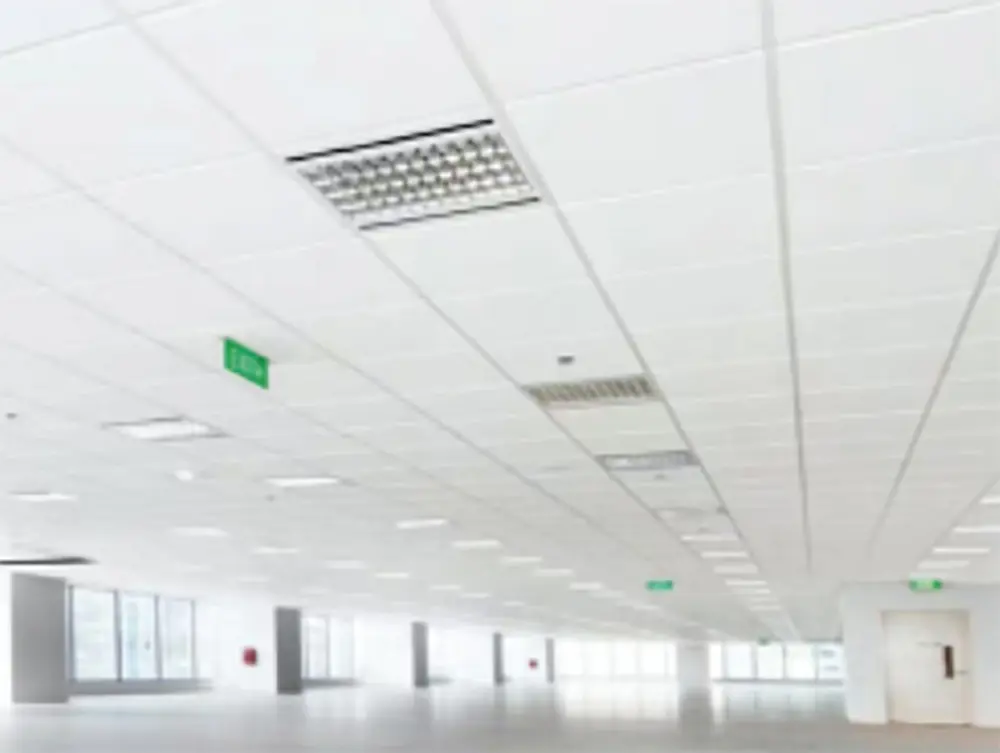 LEAO®Deco Ceiling
LEAO®Deco Ceiling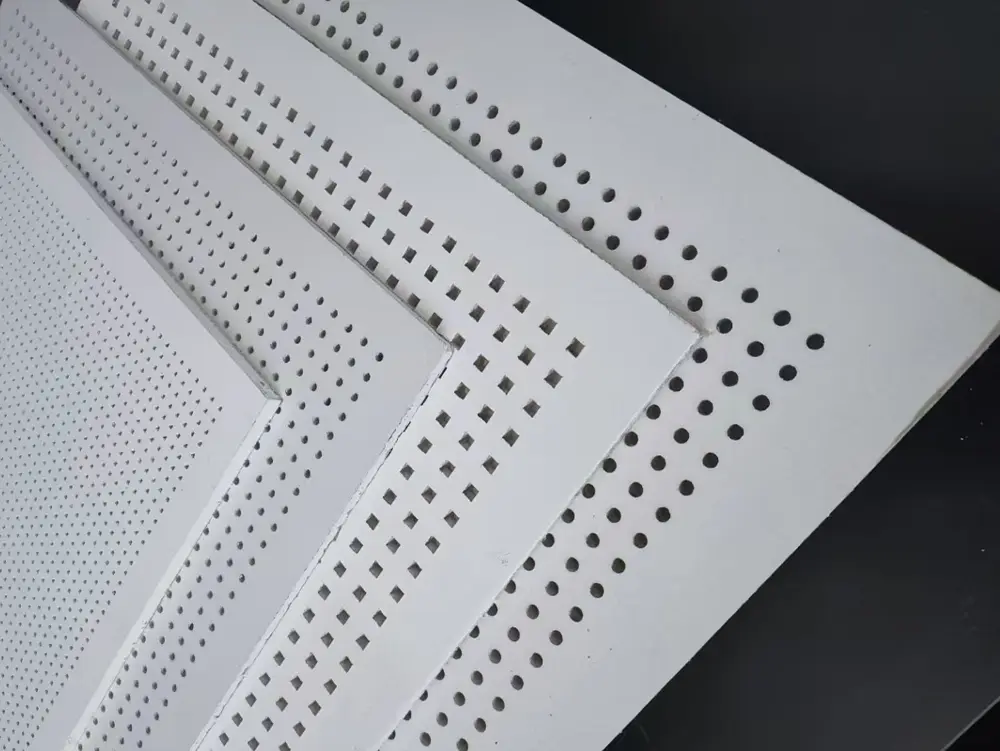 LEAO® Perforated Ceiling
LEAO® Perforated Ceiling LEAO® Ceiling Board
LEAO® Ceiling Board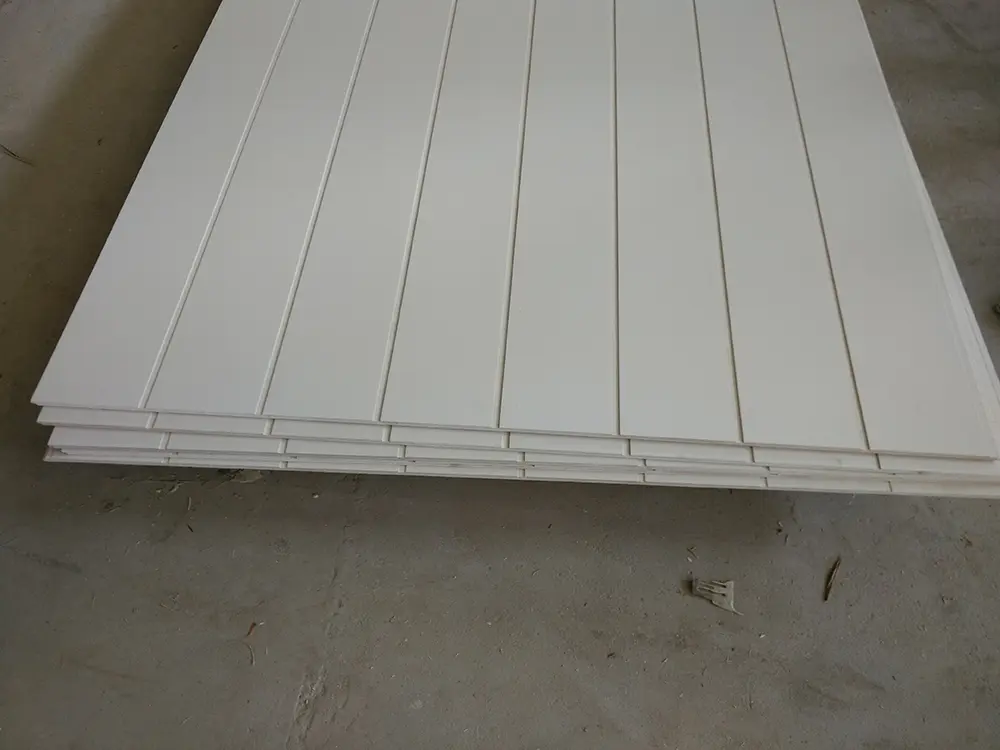 LEAO® Groove Interior Panel
LEAO® Groove Interior Panel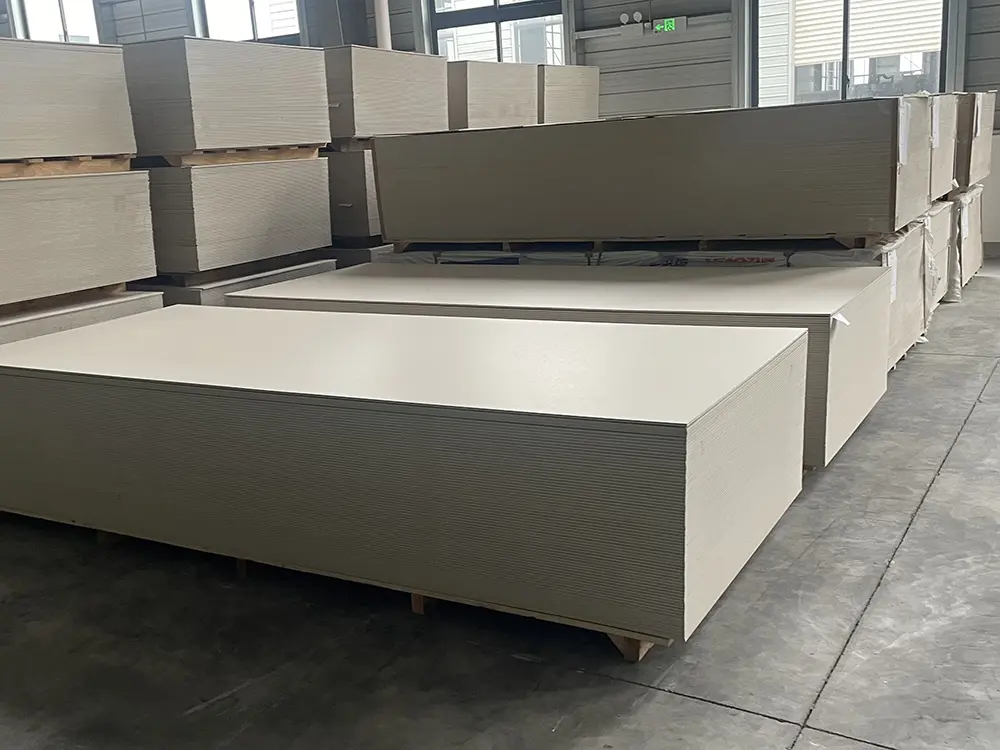 LEAO® Interior Board
LEAO® Interior Board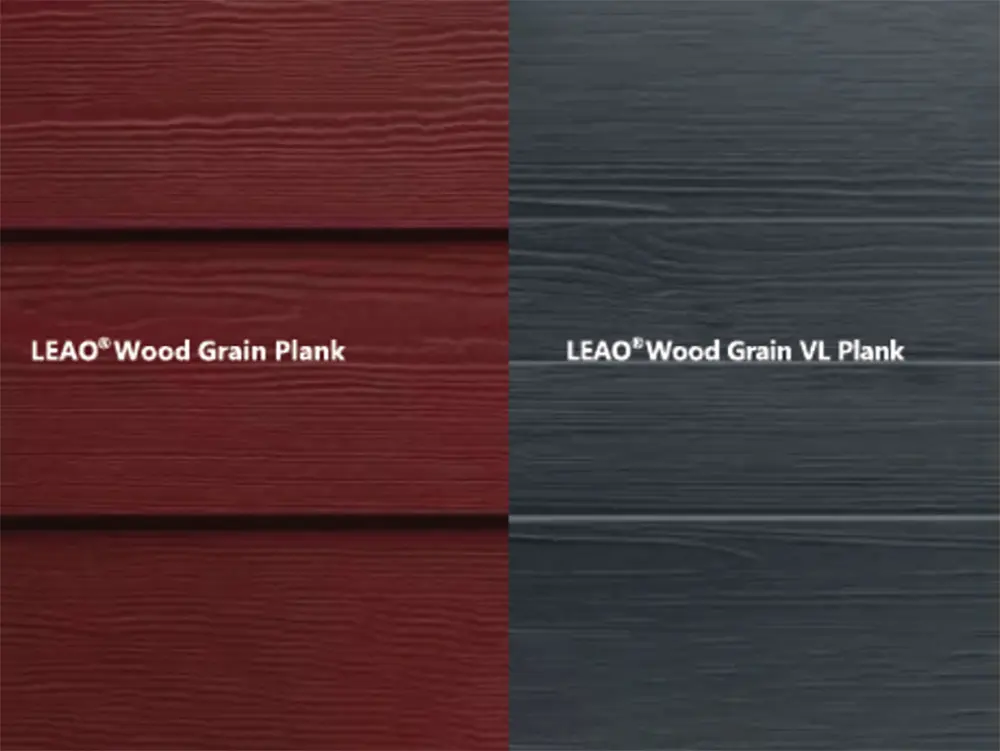 LEAO® Wood Grain Plank
LEAO® Wood Grain Plank LEAO® Grooved Exterior Panel
LEAO® Grooved Exterior Panel LEAO® Weatherboard
LEAO® Weatherboard LEAO® Access Floors
LEAO® Access Floors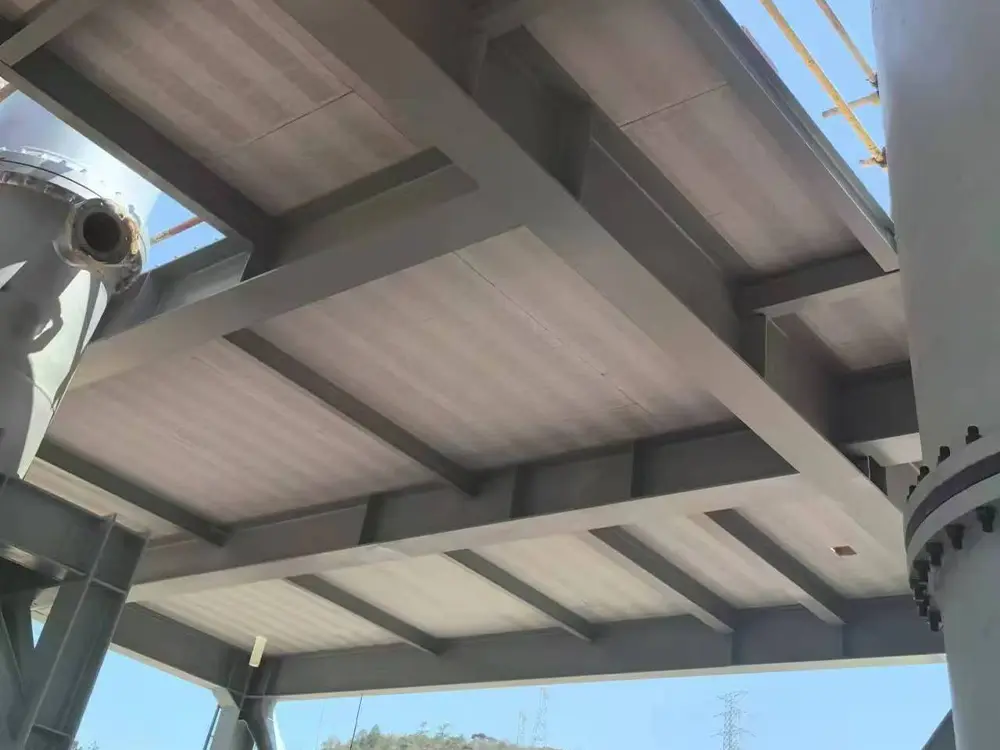 LEAO® Non-removable Formwork
LEAO® Non-removable Formwork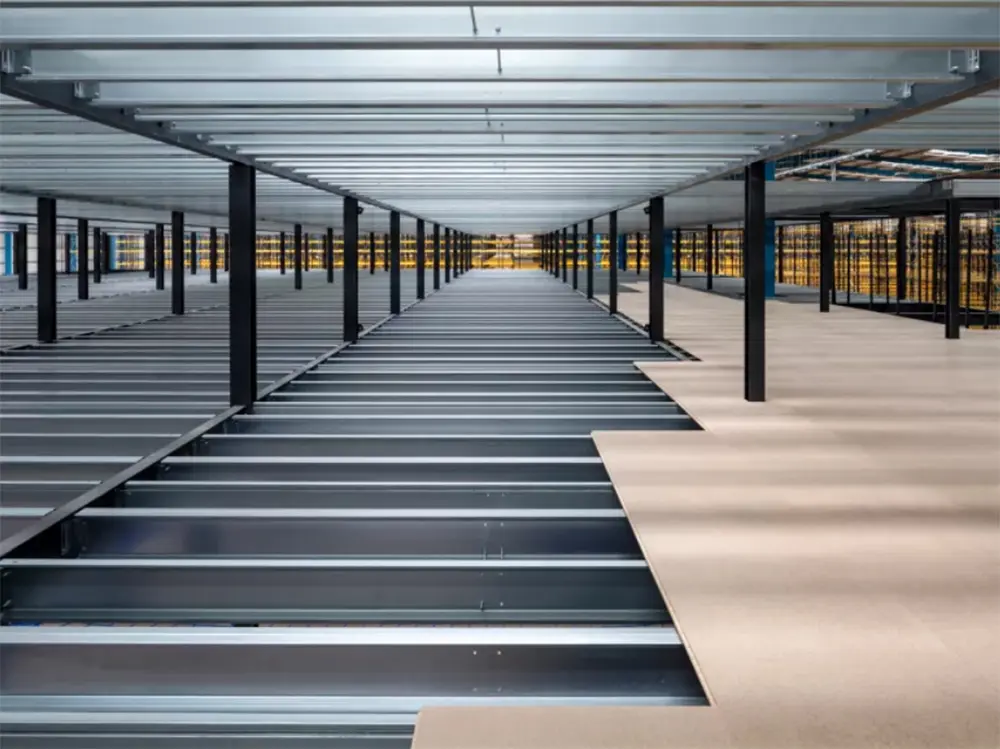 LEAO® Mezzanine Board
LEAO® Mezzanine Board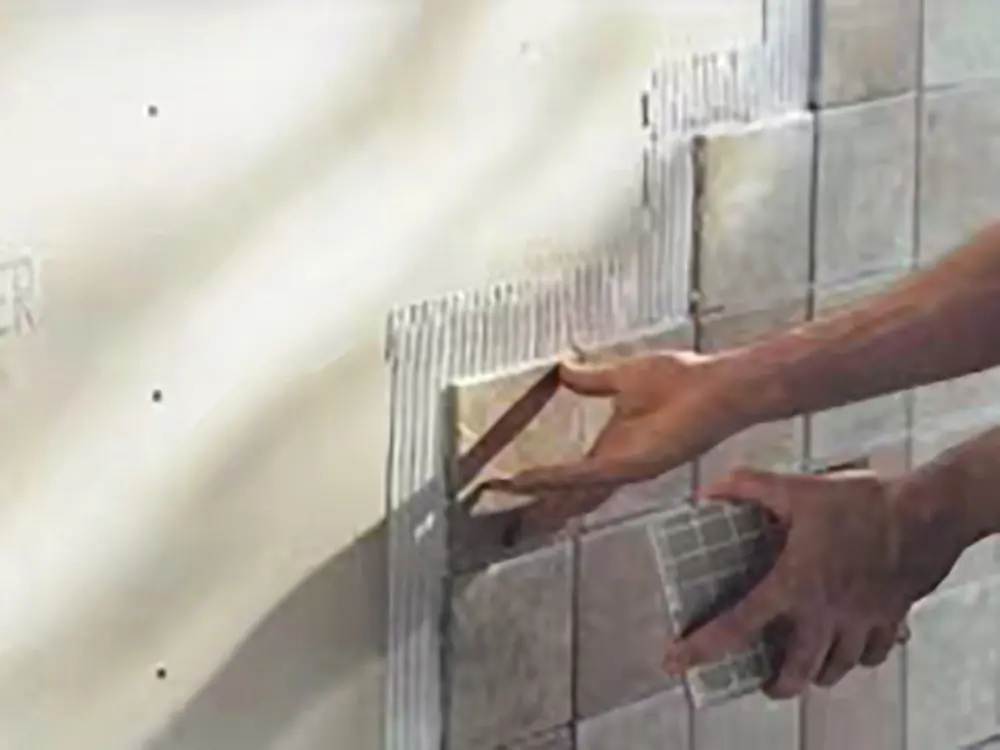 LEAO® Ceramic Tile Underlay
LEAO® Ceramic Tile Underlay LEAO® Floor Plank
LEAO® Floor Plank LEAO® Flooring
LEAO® Flooring LEAO® Wood Style Decorative Panel
LEAO® Wood Style Decorative Panel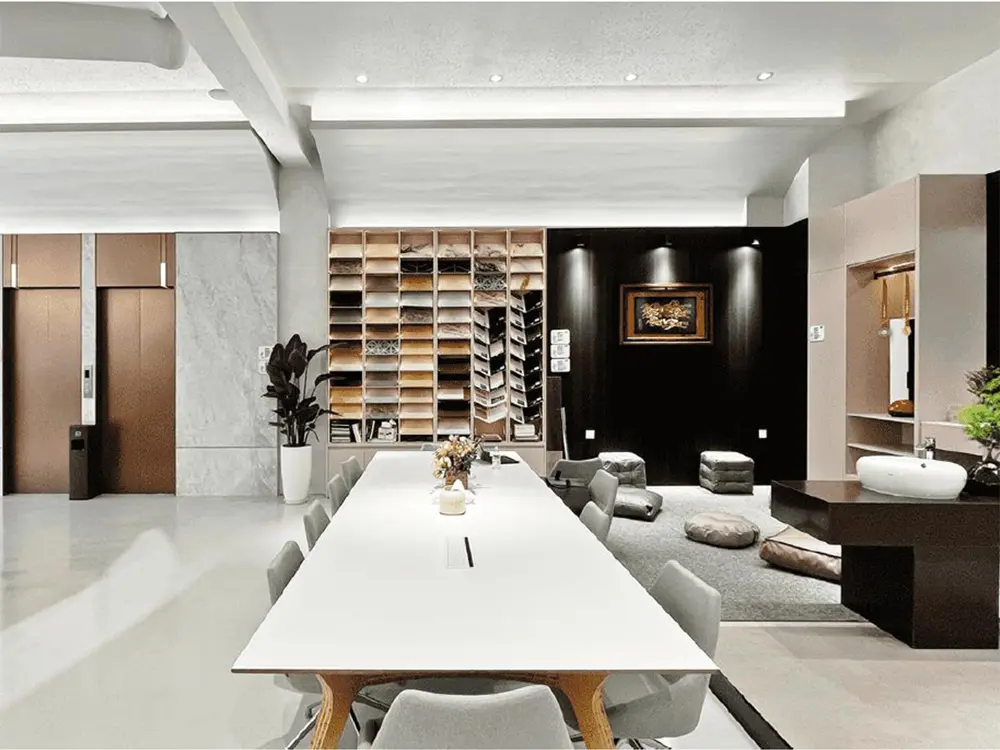 LEAO® Stone Style Decorative Panel
LEAO® Stone Style Decorative Panel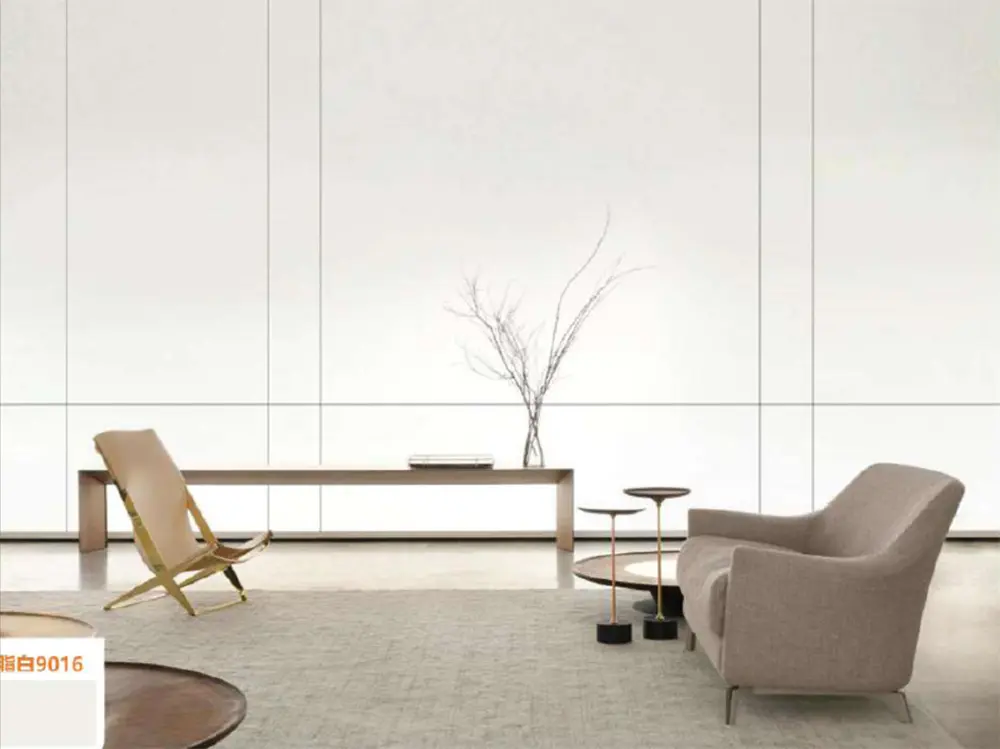 LEAO® Pure Style Decorative Panel
LEAO® Pure Style Decorative Panel





